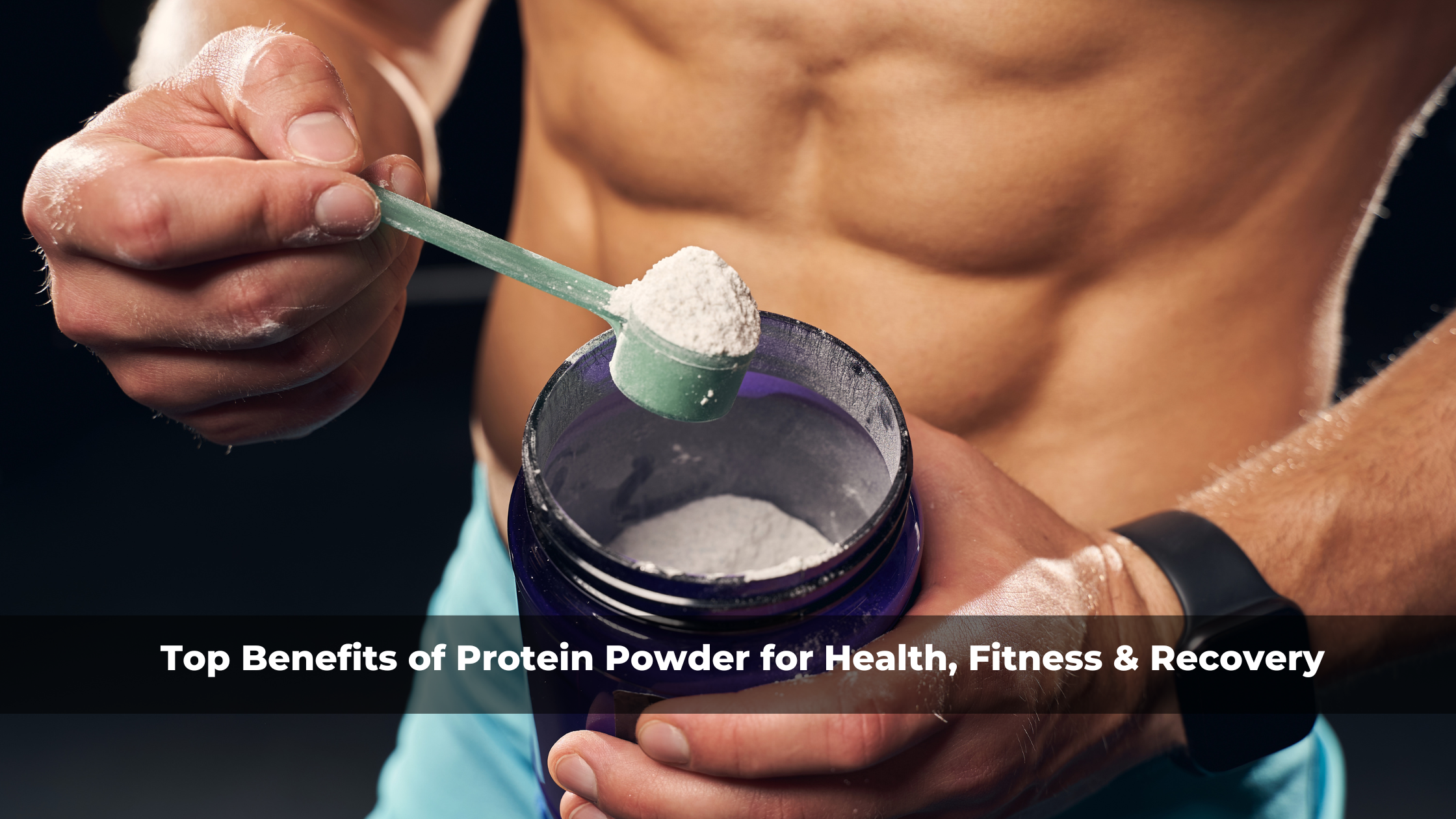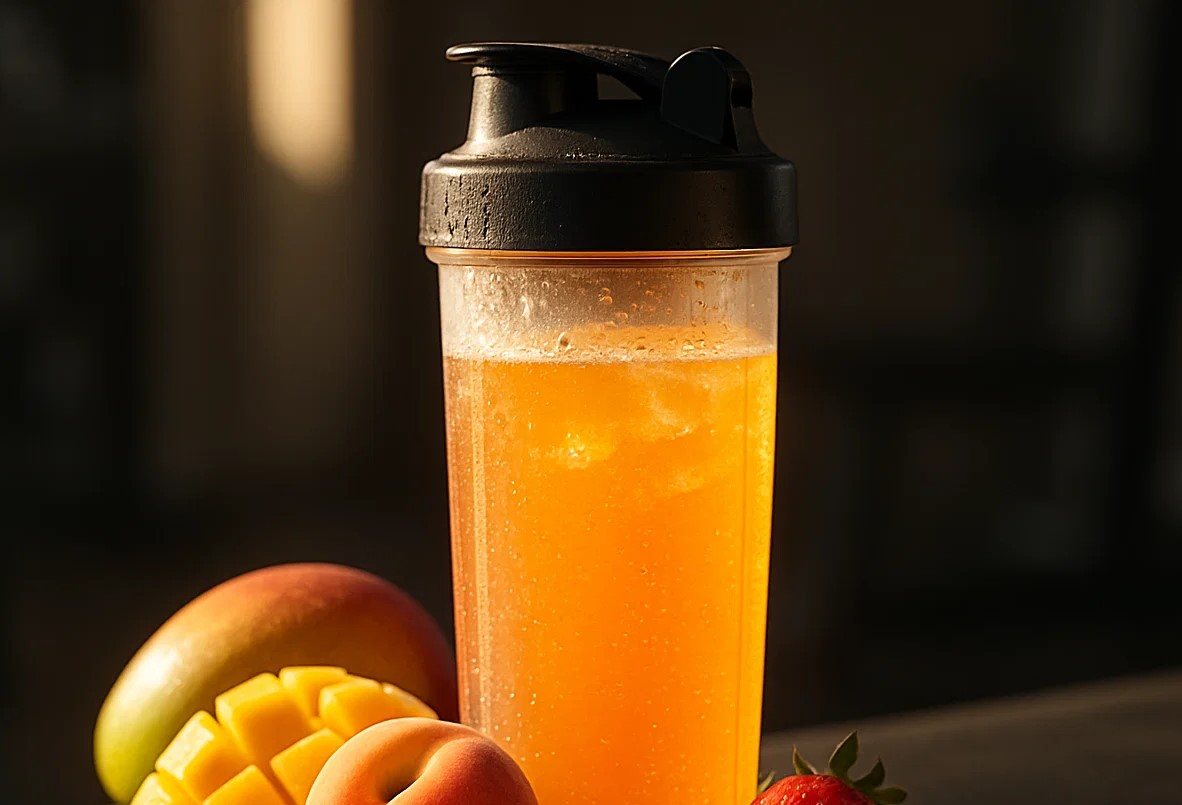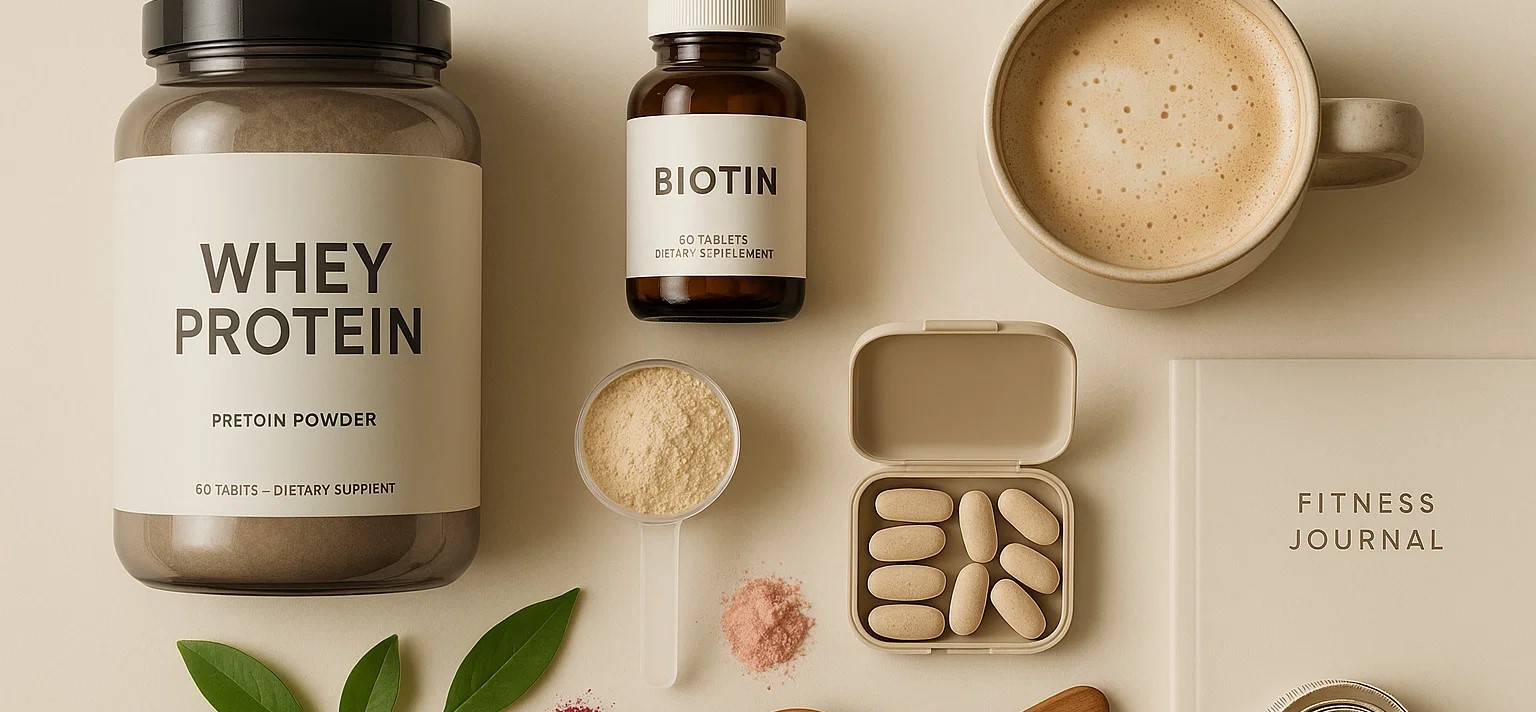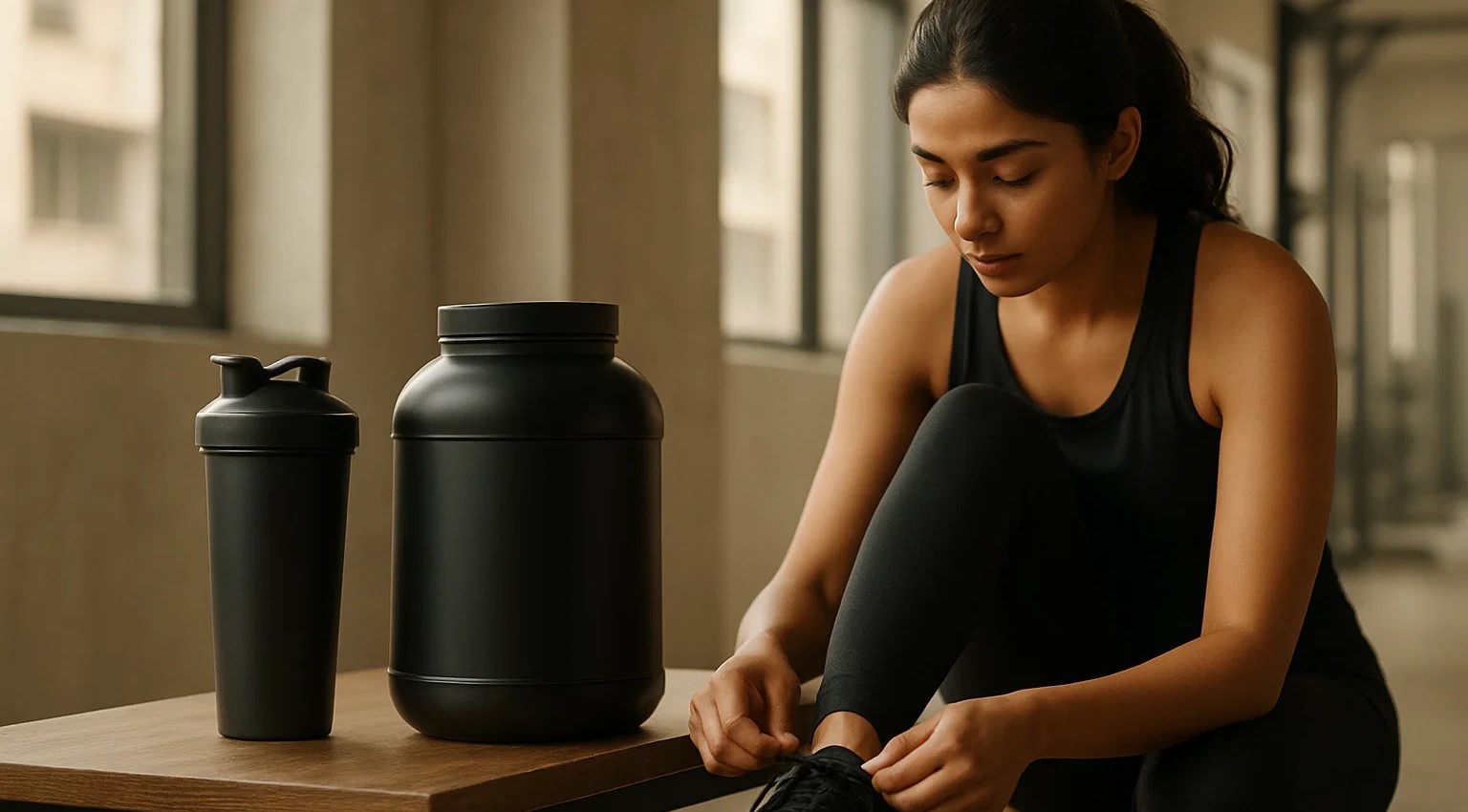Choosing the Right Whey Protein: Your Guide to Concentrate, Isolate & Hydrolysate

Strong 8k brings an ultra-HD IPTV experience to your living room and your pocket.
Introduction
Whey protein isn't just a supplement; it’s a cornerstone in the world of fitness, recovery, and overall wellness. But with so many variants—whey concentrate, whey isolate, and whey hydrolysate—it’s easy to get lost in the noise. Each form has its own unique properties, benefits, and ideal use cases. Whether you're chasing muscle gains, fat loss, or just trying to support your daily nutrition, this guide will break it all down for you.
✍️ Many beginners wonder if supplements are necessary for results. Our article on whey protein breaks down the benefits for muscle building, weight loss, and general health, showing why it has become a staple for athletes and everyday users alike.
By the end, you'll not only understand the difference between whey concentrate, isolate, and hydrolysate—but also know exactly which one fits your goals. Plus, we’ll show you why Only What’s Needed (OWN) is leading the charge for transparency and clean labeling in the Indian supplement space with its #LabelPadhegaIndia movement.
Chapter 1: What Is Whey Protein?
Whey protein is derived from milk during the cheese-making process. It's a complete protein, meaning it contains all nine essential amino acids. Thanks to its quick absorption and high bioavailability, it has become the go-to protein for athletes, fitness enthusiasts, and health-conscious individuals worldwide.
There are three main forms of whey:
-
Whey Concentrate
-
Whey Isolate
-
Whey Hydrolysate
Let’s break each one down.
Chapter 2: Whey Concentrate – The All-Rounder
What It Is:
Whey concentrate is the least processed form of whey. It contains about 70–80% protein, with the rest made up of fats and carbohydrates (including lactose).
Key Benefits:
-
Most affordable option
-
Contains beneficial nutrients like immunoglobulins and growth factors
-
Rich, creamy taste due to natural fats
Best For:
-
Beginners
-
Budget-conscious buyers
-
People looking for an overall health boost
Digestibility:
Slower to digest compared to isolate or hydrolysate, but still effective post-workout.
Chapter 3: Whey Isolate – The Lean Machine
What It Is:
Whey isolate is further processed to remove most of the fats and carbs. It usually contains 90% or more protein, with very low lactose content.
Key Benefits:
-
Excellent for lean muscle gain
-
Low lactose – easier on the stomach
-
Low fat and carbs
Best For:
-
People with mild lactose intolerance
-
Those in a fat loss phase
-
Competitive athletes
Digestibility:
Faster digestion than concentrate, making it ideal for immediate post-workout recovery.
Chapter 4: Whey Hydrolysate – The Speed King
What It Is:
Whey hydrolysate is pre-digested, meaning it has undergone partial hydrolysis. This makes it the fastest-absorbing form of whey.
Key Benefits:
-
Quickest digestion and absorption
-
Ideal for post-injury recovery or surgery
-
Least likely to cause bloating or digestive issues
Best For:
-
Advanced athletes
-
People with digestive sensitivities
-
Recovery and medical needs
Digestibility:
Lightning-fast. It starts working almost immediately post-consumption.
Chapter 5: Side-by-Side Comparison Table
| Feature | Concentrate | Isolate | Hydrolysate |
|---|---|---|---|
| Protein Content | 70–80% | 90%+ | 90%+ |
| Lactose Content | Moderate | Low | Very Low |
| Digestion Speed | Medium | Fast | Very Fast |
| Cost | $$ | $$$ | $$$$ |
| Best For | Beginners, general use | Lean gains, fat loss | Fast recovery |
| Flavor & Texture | Creamy, rich | Light, clean | Neutral to bitter |
Chapter 6: Popular Questions Answered (FAQ)
Q1. What is the difference between whey concentrate, isolate and hydrolysate?
A: Concentrate has more fats and lactose; isolate has higher protein and less lactose; hydrolysate is the fastest-digesting form with pre-digested protein chains.
Q2. Which whey protein is better for beginners?
A: Whey concentrate. It offers balanced nutrition, better taste, and affordability.
Q3. Is whey isolate better for fat loss?
A: Yes. With its low-fat and low-carb profile, isolate helps retain lean muscle during fat loss.
Q4. What are hydrolyzed whey protein benefits?
A: Ultra-fast absorption, reduced allergenicity, and better post-surgery recovery.
Q5. What about whey for muscle gain?
A: Isolate and hydrolysate are excellent, but even concentrate works well if your overall protein intake is dialed in.
Chapter 7: Real Talk – Which Whey Is Best?
There’s no universal answer. It depends on your goals, gut, and budget:
-
Budget-friendly, rich nutrition – Go for Concentrate
-
Clean, lean muscle building – Pick Isolate
-
Recovery and sensitivity – Choose Hydrolysate
Still confused? Start with concentrate and upgrade based on your experience and evolving needs.
Chapter 8: Why Only What’s Needed Is Changing the Game
In India, supplement labels often hide behind complex jargon, incomplete information, or straight-up misleading claims. But Only What’s Needed is flipping the script.
Here's how:
-
Transparent Labeling: Clear breakdown of ingredients, no hiding behind blends
-
#LabelPadhegaIndia Movement: Encouraging consumers to read and question every label
-
Quality-First Manufacturing: Made with globally sourced raw ingredients
OWN’s whey protein (currently concentrate) delivers the ideal starting point for anyone stepping into fitness—with no nasties, no gimmicks, and just what’s needed.
Want to be part of this clean-label revolution? Start reading your labels. Start with OWN.
Final Thoughts
The whey you choose can make a big difference in your fitness journey—but only if you know what you’re taking. This guide aimed to simplify that choice and spotlight the role of ethical supplement brands like Only What’s Needed.
So, whether you’re blending it into your smoothie, shaking it up post-workout, or simply adding it to your morning oats, make sure your whey is working for you—not against you.
Because at the end of the day, it’s not about more—it’s about what’s needed.
Note: IndiBlogHub features both user-submitted and editorial content. We do not verify third-party contributions. Read our Disclaimer and Privacy Policyfor details.







